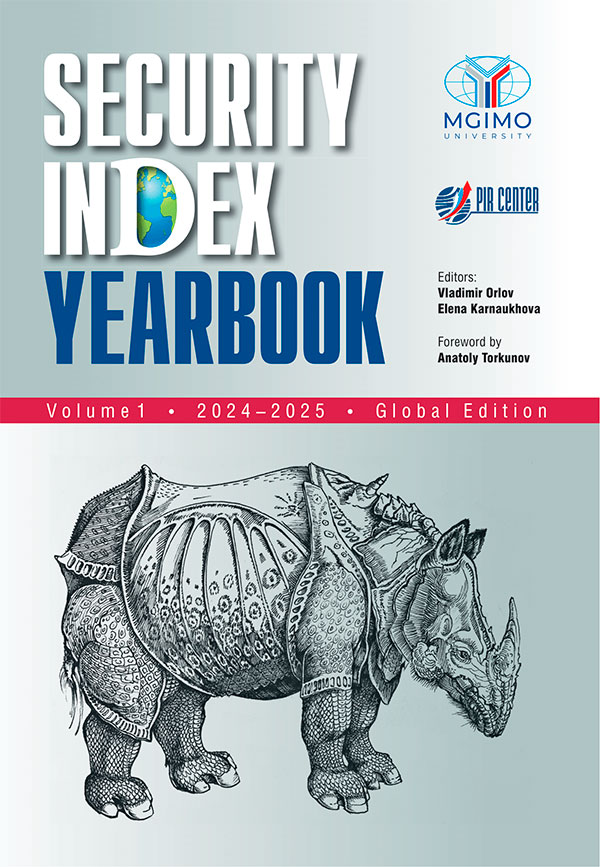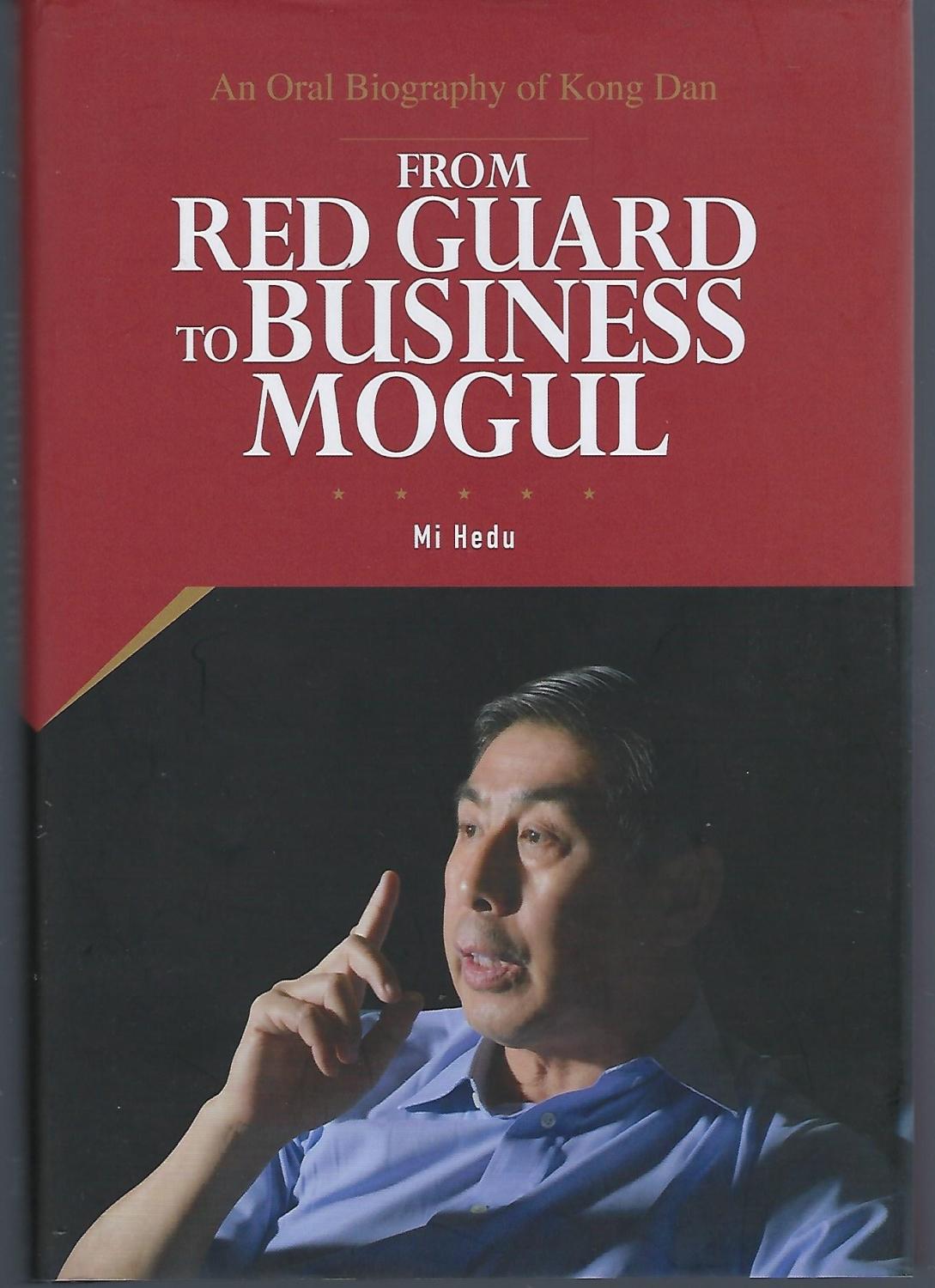Defeat in the Russo-Japanese War thwarted Russia's plans to dominate Manchuria and Korea and gain access to the “warm seas”. However, it did not drive it out of the region
The year 2025 marked a series of anniversaries. Chief among them are the end of World War II and the subsequent establishment of the UN. Eighty years ago, the foundation of the world order was laid, a legacy that endures to this day. One of the most important results of World War II for Russia was the "nullification"...
... relatively harmonious system has the world known an order in which legitimacy played such a significant role or was even achievable as a principle in relations between states. The Cold War period (1949–1991) was characterised by a complete denial of the USSR’s legitimacy by its Western adversaries, and the “mutual respect” that observers now like to invoke was then nothing more than the West’s acknowledgment of its inability to defeat the USSR in a direct military confrontation. This did not ...
... its “strategic autonomy” in international affairs, and Moscow continues to defend national and state interests of paramount importance by military means, among others, the collective expertise acquired from the policies pursued by Soviet Russia/USSR in relation to the Turkish Republic is of great interest to us. How Kremlin tried to realise in its relations with Turkey a fundamental principle of its foreign policy: there should be no states hostile to Russia/USSR on its borders?
“Avoid coming ...
... trouble. In the same way, it would be somewhat arrogant for Russia to think that the loyalty of the ruling regimes is a complete guarantee that threats will not come from these territories.
Now Russia’s strategy in the southern part of the former USSR is evolving, and this process is increasingly determined by the internal demand to achieve the main goals of security and development. Under these conditions, the basic patterns and ideas that have determined our policy in these regions for a long ...
... which his main book on international relations was published.
Unlike other general wars - the Thirty Years' War in Europe, the wars of revolutionary France (1789 - 1815), the First and Second World Wars in the 20th century - the Cold War between the USSR and the USA ended without winners or losers. After the confrontation in Europe, which was alarming to all mankind, ended, the international community, with serious reason, expected qualitative changes in principles which should be dominant in relations ...
... the scale and ramifications of allied relations. Their ability to pursue a foreign policy based on medium and small powers is negligible, despite the fact that Moscow, unlike Beijing, has formal allied relations with several countries of the former USSR. Among them, only Belarus is a reliable ally of Russia amid the current military-political conflict with the West, which is confirmed by the significant number of economic, political and military deterrence measures that the United States and its ...
... like borderline sci-fi. Parallels defy any of the known and relevant geometries. And there is no need to wait for a broad celebration of the anniversary, given the current amplitude of tension between Moscow and Washington. This is not 1988, when the USSR post office issued a commemorative stamp in honor of the 30th anniversary of the agreement, which by that time had already expired. They say, it was the wrong era. It is nevertheless a memorable date.
In light of that watershed, it is appropriate ...
... world. In this regard, only the relations between Russia and North Korea or Vietnam are comparable in terms of the strength of the common historical experience, but the Cuban case is truly exceptional. For all the seriousness of the involvement of the USSR in the Korean or Vietnamese conflicts, it was precisely the consolidation of Moscow in Cuba that became an existential challenge for their common enemy, the United States. Moreover, the support of China has traditionally been no less important for ...
... grandeur of national achievements and the country’s decline in everyday life was staggering. The situation was aggravated by the Cold War, enormous defense spending and support for freeloaders all over the world, who said the right words but betrayed the USSR at the first opportunity.
What could be done about these countless problems? How could they be sure their resolve would not sink under the weight of an indifferent bureaucracy? How could they prevent the system from overheating and losing control ...
... then?
First of all, in order to form a common supra-ethnic identity we need not only a union of states, with, for example, uniform customs tariffs. A "
humanitarian
dimension" is also required. But if we were to look at the experience of the USSR, territorial communities created by people only have a humanitarian component if a certain common meaning is accepted by the majority of the population. Is it realistic to find a single meaning in our case; after all, the territory of the future ...



